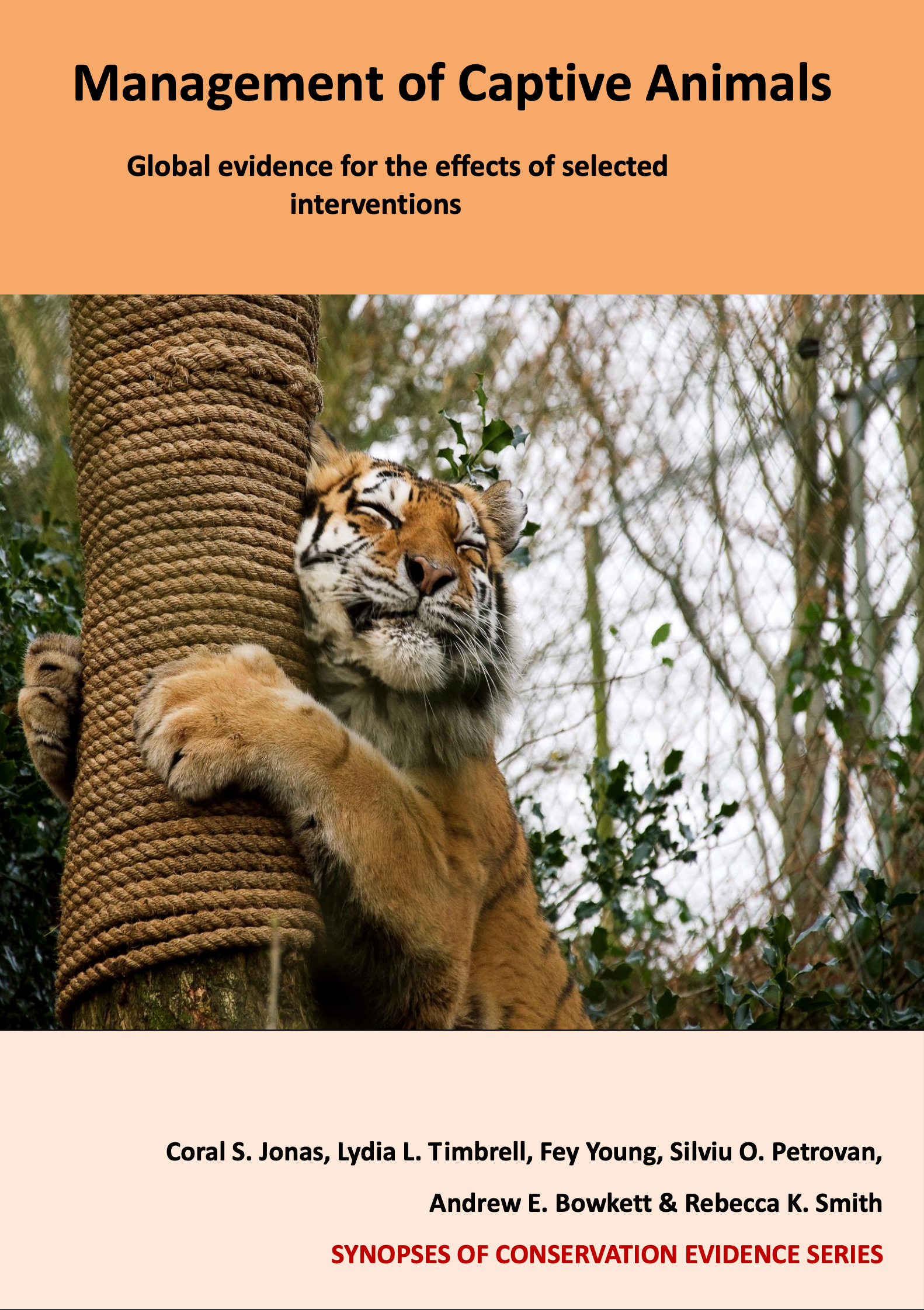Amphibians: Identify and breed a similar species to refine husbandry techniques prior to working with target species
-
Overall effectiveness category Unknown effectiveness (limited evidence)
-
Number of studies: 2
View assessment score
Hide assessment score
How is the evidence assessed?
-
Effectiveness
68% -
Certainty
30% -
Harms
15%
Study locations
Supporting evidence from individual studies
A small, replicated study in 2009–2010 of Scinax perpusillus at São Paulo Zoo, Brazil, carried out to develop methods for breeding Scinax alcatrazin (2), found that eggs were produced in captivity. Five batches of 4–77 eggs were laid in 2010 by one female. Two of three adult males died during the year. The three males, one female and six larvae were wild caught in 2009. Following five months quarantine, adults were housed at 12–27°C in a glass tank (70 x 30 x 45 cm) with a water dish and plants. Tanks were misted once or twice a day and before breeding an ultra-sonic fogger was turned on for 10 hours overnight three times a week. Management and husbandry protocols were established using this species in preparation for attempted captive breeding of Scinax alcatrazin.
Study and other actions testedA small, replicated study in 2011–2012 of captive Scinax alcatrazin at São Paulo Zoo, Brazil, having developed methods using Scinax perpusillus (1), found that eggs were produced and juveniles maintained in captivity. The first breeding event occurred after 33 days in captivity. One female deposited around 140 eggs, of which 132 hatched. By July 2012, 93 froglets were still alive. Two males and a female died on the first day in captivity. Eleven animals (five males, three females, three tadpoles) were collected from the wild in October 2011 and housed in a biosecure room. Adults were kept in two glass enclosures, with plants and water. An ultra-sonic fogger was used to increase night-time humidity to stimulate breeding. Tadpoles were housed in a plastic enclosure and froglets in plastic cups. Management and husbandry protocols had been established over two years using captive Scinax perpusillus (see 1).
Study and other actions tested
Where has this evidence come from?
List of journals searched by synopsis
All the journals searched for all synopses
This Action forms part of the Action Synopsis:
Management of Captive Animals
Management of Captive Animals - Published 2018
Captive Animal Synopsis





)_2023.JPG)














